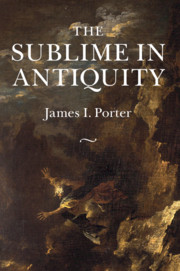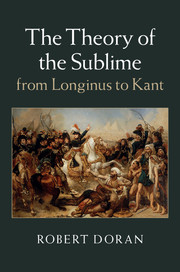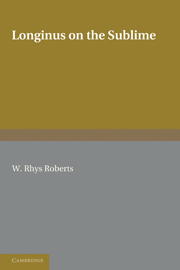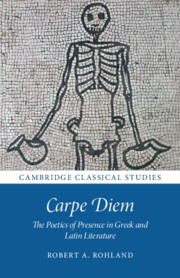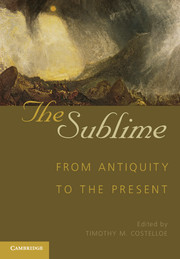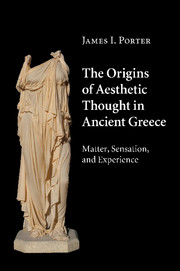The Sublime in Antiquity
Current understandings of the sublime are focused by a single word ('sublimity') and by a single author ('Longinus'). The sublime is not a word: it is a concept and an experience, or rather a whole range of ideas, meanings and experiences that are embedded in conceptual and experiential patterns. Once we train our sights on these patterns a radically different prospect on the sublime in antiquity comes to light, one that touches everything from its range of expressions to its dates of emergence, evolution, role in the cultures of antiquity as a whole, and later reception. This book is the first to outline an alternative account of the sublime in Greek and Roman poetry, philosophy, and the sciences, in addition to rhetoric and literary criticism. It offers new readings of Longinus without privileging him, but instead situates him within a much larger context of reflection on the sublime in antiquity.
- Proposes a new history of the sublime in antiquity that is virtually coextensive with Greek and Roman thought, from Homer to Cicero to the Neoplatonists
- Provides a set of tools and methods (including thematic and logical markers) for identifying the sublime in the absence of its explicit mention or denomination by a pair of terms, hupsos and sublimitas
- Offers a first attempt at a global reconstruction of the sublime on a large scale: its history, its reception, and its concept
Product details
December 2020Paperback
9781108994125
712 pages
230 × 150 × 36 mm
1.02kg
8 b/w illus. 2 tables
Available
Table of Contents
- 1. Introduction: the sublime before and after Longinus
- 2. The art and rhetoric of the Longinian sublime
- 3. The sublime before Longinus in rhetoric and criticism: Caecilius to Demetrius
- 4. The sublime before Longinus in rhetoric and literature: Theophrastus to Homer
- 5. The material sublime
- 6. The immaterial sublime
- Conclusion.

